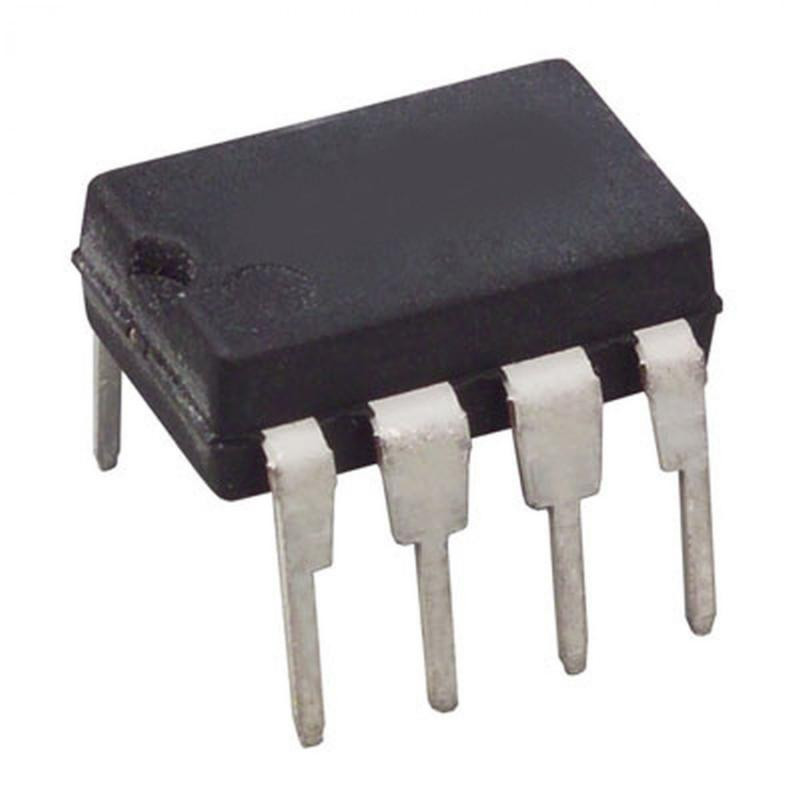The global analog IC market is poised for significant growth in the coming years, fueled by a surge in demand for consumer electronics, industrial automation, and automotive applications. This trend is being driven by advancements in technology, coupled with the increasing adoption of connected devices and the Internet of Things (IoT). As the world embraces digitalization, analog ICs are playing a crucial role in bridging the gap between the physical and digital realms.
A Look at the Analog IC Market Landscape
The analog IC market is expected to reach a staggering $100 billion by 2030, driven by a complex interplay of factors. The increasing adoption of smart devices, connected cars, and industrial automation systems is creating a robust demand for analog ICs. These devices rely heavily on analog ICs to manage and control various signals, ensuring seamless operation. The automotive industry is particularly driving growth, as vehicles become more sophisticated with features such as advanced driver-assistance systems (ADAS) and electric powertrains.
Key Drivers of Market Growth
- Rising Demand for Consumer Electronics: The global appetite for smartphones, tablets, and smartwatches is propelling the analog IC market. These devices use analog ICs for functions like audio processing, power management, and sensor interfacing.
- Industrial Automation: The increasing adoption of automation in manufacturing and other industries is driving demand for analog ICs. These ICs are essential for controlling motors, sensors, and other industrial equipment.
- Automotive Industry: As cars become increasingly connected and technologically advanced, the demand for analog ICs is surging. These ICs are used in ADAS, electric powertrains, and other automotive systems.
- Internet of Things (IoT): The rapid growth of the IoT is creating a significant demand for analog ICs. These devices are used to manage and control the sensors and actuators that connect devices to the internet.
Navigating the Market Dynamics
Despite the positive outlook, the analog IC market faces several challenges, including supply chain disruptions, rising material costs, and fierce competition. Manufacturers are grappling with these challenges by focusing on innovation, improving efficiency, and expanding their product portfolios. They are also investing heavily in research and development to create more advanced and efficient analog ICs.
Key Trends Shaping the Future of the Market
- Advancements in Technology: The development of new technologies, such as artificial intelligence (AI), machine learning (ML), and edge computing, is driving innovation in the analog IC market. These technologies require specialized analog ICs to manage and process data effectively.
- Miniaturization and Integration: The trend towards smaller and more integrated devices is driving the development of advanced analog ICs. These ICs are designed to perform multiple functions in a single chip, reducing costs and improving efficiency.
- Sustainability: Increasing focus on environmental sustainability is leading to the development of energy-efficient analog ICs. These ICs help reduce power consumption and improve the overall efficiency of devices.
The Future of the Analog IC Market
The analog IC market is poised for continued growth in the years to come, driven by advancements in technology, rising demand for consumer electronics and industrial automation, and the increasing adoption of the IoT. As the world becomes more connected and technologically advanced, the demand for analog ICs is expected to increase significantly. Manufacturers are investing heavily in research and development to create new and innovative analog ICs that meet the evolving needs of the market.
Key Opportunities for Growth
- Expansion into Emerging Markets: The analog IC market is ripe for expansion into emerging markets such as India, China, and Southeast Asia. These regions are experiencing rapid economic growth and are increasingly adopting new technologies, creating significant demand for analog ICs.
- Focus on Specialized Applications: The demand for analog ICs in specialized applications such as healthcare, aerospace, and defense is growing rapidly. Manufacturers can capitalize on these opportunities by developing specialized products that meet the unique requirements of these industries.
- Collaboration and Partnerships: Collaboration and partnerships with other companies, including software developers and system integrators, can help manufacturers create innovative solutions and expand their reach in the market.
Conclusion: The Analog IC Market's Promising Future
The analog IC market is at the forefront of technological innovation, playing a crucial role in bridging the gap between the physical and digital worlds. As the demand for connected devices and smart technologies continues to rise, the analog IC market is expected to experience continued growth. By embracing innovation, focusing on key growth areas, and adapting to changing market dynamics, players in this industry can position themselves for success in the years to come.


















